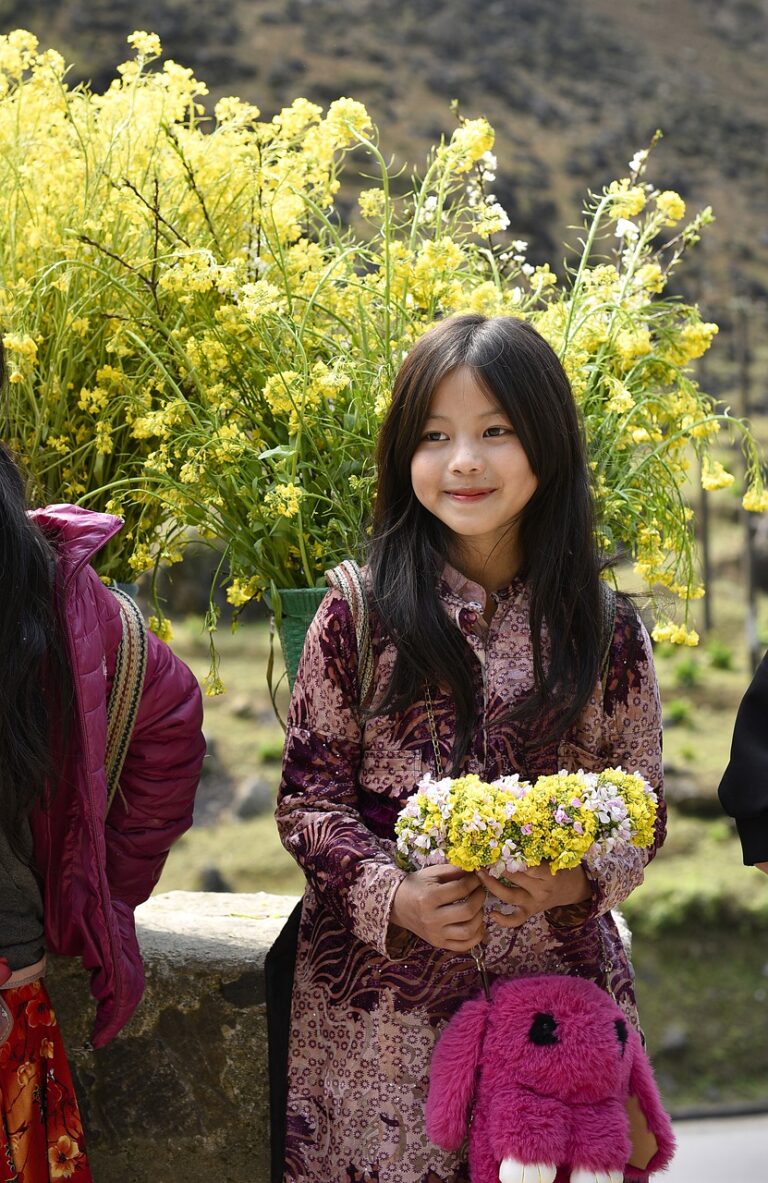The English language terminology used in the classification of swords is inaccurate and has varied extensively over time. There is no historical dictionary for the universal names, classification or terms of swords; A sword was just a double edged knife. Historical terms without a universal agreement of definition were used to label weapons of comparable look however of different historical durations, regional cultures and fabrication technology. These terms were frequently explained in relation to other unassociated weapons, without regard to their meant use and battling style. In contemporary history, a lot of these terms have been offered particular, frequently arbitrary meanings that are unassociated to any of their historical meanings.
One side-effect of clay tempering is a Hamon line. This is a noticeable line produced by different colorations of the steel marking where the clay was applied. Only swords that are clay tempered have a natural Hamon. Swords that aren’t clay tempered may have a Hamon – however it is used by a special liquid and is not part of the steel.
A sword is an edged, bladed weapon intended for manual cutting or thrusting. Tachi sword on sale , longer than a knife or dagger, is connected to a hilt and can be straight or curved. A thrusting sword tends to have a straighter blade with a pointed tip. A slashing sword is more likely to be curved and to have a sharpened cutting edge on one or both sides of the blade. Many swords are created for both thrusting and slashing. The accurate definition of a sword differs by historical date and geographical area.
Stainless Steel type of steel has chromium, that makes the blade tougher, softer, and more corrosion resistant than comparative carbon steels. Knives and swords made from stainless-steel are usually not shaped by creating, however by stock elimination (similar to sculpting rock). Because such swords are not made by standard approaches, they are not legal for import, hence none of our swords are stainless steel. Carbon Steel kind of steel is represented by a distinct 4-digit code. Due to the fact that we are interested in swords, we will mainly stick with steels represented by 10XX. The “10” represents plain carbon steel, and the XX for the quantity of carbon in the steel, in hundredths of one percent.
Chinese swords, there are 2 major distinctions: the dao sword and the jian sword. The Chinese dao swords were produced during China’s Bronze Age and have several unique attributes. They usually have a somewhat curved single-edged blade and were perfect for thrusting and slicing during dispute. The second crucial Chinese sword is the jian sword. Unlike the dao, which is known as the “General of All Weapons,” the jian is called the “Gentleman of All Weapons” because it is an extremely basic double-edged sword.
There are a variety of swords that stem from Europe, most notably the two-handed sword. This type consists of the Scottish claymores and longswords. These swords were so enormous that they needed to be wielded with two hands. This is the type of sword you ‘d see in the movie The Lord of the Rings. Another significant type of sword is the rapier. The style of the rapier, a long narrow blade with a sharp point, makes it ideal for thrusting. In fact, the majority of rapier blades are not sharp other than at the idea. Another important component of the rapier is its detailed hilt design that safeguards the hands throughout fight. From the rapier, you also get the smallsword and the epee, which are primarily used for fencing and decorative garb.
A sword is generally differentially tempered by using clay to the blade (called clay tempering). The blade is heated up, clay is applied to the spine, then the blade is cooled. The edge, with no clay covering, cools quickest, ending up being very hard, while the spinal column cools slower, remaining fairly soft and flexible.
Japanese nihonto swords are another type of Asian sword. A samurai sword, also known as a katana, falls under this classification. The typical quality of nihonto swords is their long, single-edged blade. It is relatively standard-sized compared to the range of the other Japanese swords and has a long manage, so it can be held with 2 hands. Other worthwhile Japanese swords include the odachi, tachi, nodachi, tsurugi and wakizashi.
Subscribe to Updates
Get the latest creative news from FooBar about art, design and business.
Keeping A Provocative Chinese Long Sword Works Only Under These Issue
Previous ArticleGet Rid Of Chinese Long Sword Concern Once And For All
Next Article 8 Weird Facts About Japanese Samurai Sword
